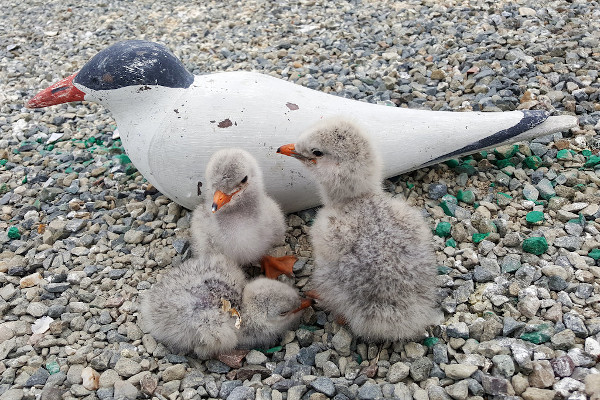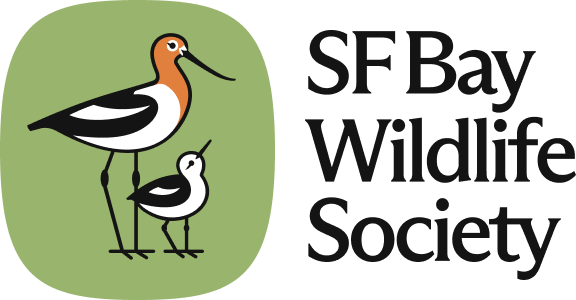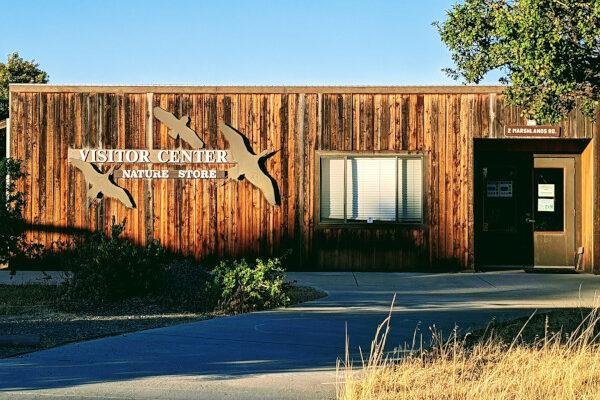
Caspian tern chicks with a decoy adult tern at the Don Edwards SF Bay NWR. Credit Crystal Shore/USGS.
Priyanka Runwal, a freelance science and environment journalist, writes in today’s New York Times Science section:
If you took a short kayak trip a few years ago to tiny islands nested in former salt ponds near Silicon Valley, you would have found plastic bird decoys all over. The decoys looked like real Caspian terns. The goal of those doppelgängers was to lure terns to breed on the islands, and, in doing so, prevent endangered salmon and trout living hundreds of miles to the north from vanishing.
Read on to find out more about the effort to preserve both populations: Caspian terns, a protected migratory bird, and endangered wild salmonids of the Columbia River Basin where commercial fishing and the construction of dams over the last two centuries have contributed to the decline of wild salmonids by 95 percent.
It’s a very difficult situation, given the competing interests. — Dr. Alex Hartman, wildlife biologist with the U.S. Geological Survey’s Western Ecological Research Center in Dixon, California.
To lure migrating Caspian terns down from the sky to the salt ponds of Don Edwards SF Bay NWR, USGS biologists arrayed more than 500 tern decoys, some of which were painted by local students. They also installed Murremaid Music Boxes with MP3 Players that play Caspian tern calls.
Dr. Hartman, lead author of a study published recently in cooperation with the U.S. Army Corps of Engineers and the Bureau of Reclamation, says “It’s really exceeding our expectations. We had colonies form in the first year of the study.”




